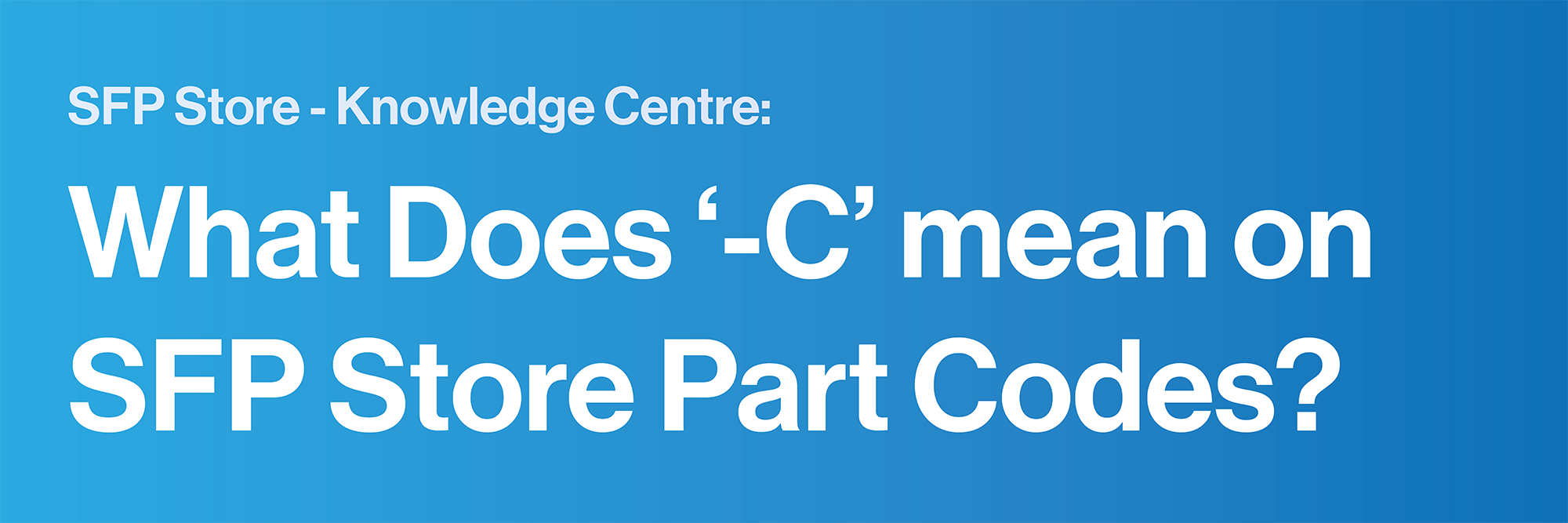 You may have seen a '-C' on the end of our SFP part codes, but what does it mean? In this post, we'll explain why we do this.
You may have seen a '-C' on the end of our SFP part codes, but what does it mean? In this post, we'll explain why we do this.
MSA & Compatibility
In short, the '-C' stands for 'Compatible'. But why do we have to make that distinction? To understand, first we need to explore the concept of MSA.
MSA stands for 'Multi-Source Agreement' and all SFPs must abide by the MSA. In simple terms, it basically means that all SFPs must conform to a set of standards agreed upon by manufacturers. This means that any vendor SFP will be identical in specification, size, functionality etc. to a counterpart from another vendor.
For example, a Cisco 1G LR will be identical to a Netgear 1G LR due to the MSA.
However, some vendors charge a huge amount for their own-branded transceivers (literally hundreds or even thousands).
So, how does the average user in a low-budget environment (like a primary school) take advantage of this technology? The answer is compatibles.
Because of the MSA, we are able to manufacture compatible SFPs that can be coded to work with any vendor that we sell for far less, saving you hundreds of pounds every order.
Locking Down Hardware
Despite the MSA, some vendors do lock certain lines of their switches so that only their OEM versions will be recognised.
This is a rare practice and only something a few vendors engage in, but rest assured, if you're uncertain about one of our SFPs working in your hardware, just give us a ring on 0800 915 4000 and we'll check for you before you buy.
So, now you know why our part codes have -C on the end: we sell compatibles that are identical to OEM counterparts which save you huge amounts of money.

